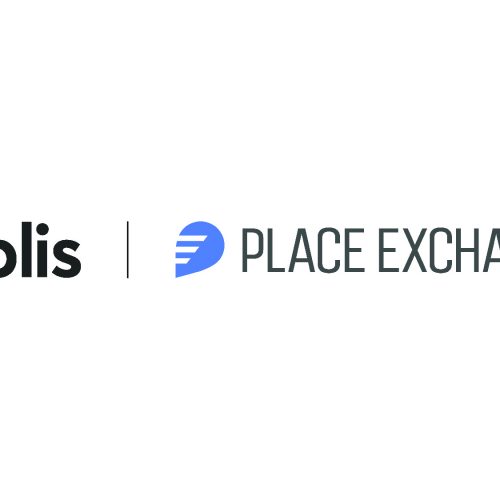There’s no doubt that this holiday season will be challenging for retailers. Despite talk of the economy soaring to an all-time high, consumer budgets are down and brands are struggling to maintain and grow revenue. However, there’s still ample opportunity for marketers to break through the noise during the loudest time of the year and make meaningful connections with shoppers throughout their gift-buying process. The media has widely reported that shoppers will be online this year, but in-store still drives sales too. In-store shoppers are highly motivated by sales. In fact, our research found that more than half of shoppers anticipate an increase in holiday deals this year due to retail decline. Furthermore, 64.7 percent will spend 10 percent to 40 percent more than their budget if a store they’re shopping in is offering a sale.
With this, here are considerations for marketers when finalizing their holiday strategies.
Play the Long Game: Retargeting FTW
Shoppers are almost always in gift mode during the holidays, but our research shows that the week leading up to Christmas drives more revenue than the artificial holidays of Black Friday and Cyber Monday, with 28.3 percent reporting their preference to buy within that week. This is good news! This means there are numerous weeks during the season to make a brand known to consumers before they swipe their cards. Marketers must find opportunities to get in front of shoppers at the right time — whether they’re in-store or interacting with the brand online — and follow up with continued deals or promotional messaging. The more they can aim to try to drive continued purchases post-visit, the more likely brands will be at the top of shoppers’ minds when it comes time to convert.
Know Your Target Audience Better Than Yourself
To truly break through the noise this holiday season, brands must understand their customers better than anyone else, and that feeling of “they get me” needs to be emulated for holiday marketing to stick. With the amount of advertising being thrown at consumers in the weeks leading up to Christmas, brands need to demonstrate the effort they have put in to get to know the customer. Think about how spot-on it feels when a brand sends you an offer that’s relevant to your purchase history and brand engagement.
To send that personalized messaging, brands can turn to location data, which can be an incredibly valuable source of insight to help inform customer profiles and drive store traffic. Let’s use a cosmetics brand as an example. Lifestyle indicators that location data offers can increase the targeting of advertising efforts. Instead of competing with every other brand, a cosmetics brand can target category-engaged consumers when they’re at the spa or salon, places where their target audience is already out spending money on activities aligned to its category. While consumers are sitting there with time on their hands, the cosmetic brand has a great opportunity to increase cut through.
The same could be said for any other brand: basketball maker Spalding targeting folks attending basketball games; Pep Boys targeting audiences at car washes or used car dealerships.
But it’s not just geotargeting that location data can help with; it can also help businesses build a rich target audience profile to leverage at appropriate times. For instance, relevant brands can take those people seen in Dick’s Sporting Goods or Pep Boys and engage them with targeted, thoughtful, long-term offers once they’re home again.
Mobile is King
According to recent Salesforce data, holiday sales are set to grow 13 percent this year over 2017, with mobile devices pushing 68 percent of e-commerce visits and 46 percent of orders. Clearly, the holiday season is going to be dominated by mobile as shoppers increasingly choose their phones as their preferred shopping device. Retailers that fail to take a mobile-first approach will lose in 2018.
It isn’t just for e-commerce either; mobile is a vital strategy for in-store as well. While in-store, consumers are using their phone to find better deals and read customer feedback for the product they’re considering. This presents a great opportunity to convert buyers at the last minute. Here, location-based offers have the power to change behavior. Consider a consumer who is wandering the mall and had recently been searching for sports apparel on his or her mobile device. If the potential shopper views an ad for a deal on running pants/tops from Nike, there’s a higher likelihood that he or she will be persuaded to head over to Nike and purchase.
At the end of the day, there’s no right or wrong way for brands to market themselves for the holidays as long as the data-driven findings around their target consumers’ needs and desires are held as the most important aspect of the strategy. The more brands can leverage retargeting, a strong understanding of the customer, and mobile, the more likely they are to have a successful 2018 holiday season.
Click here to read the original article.


